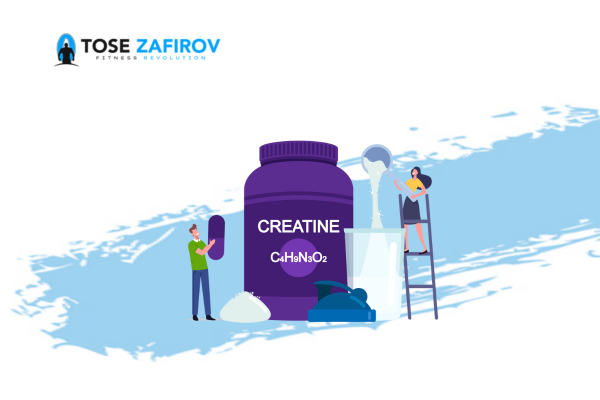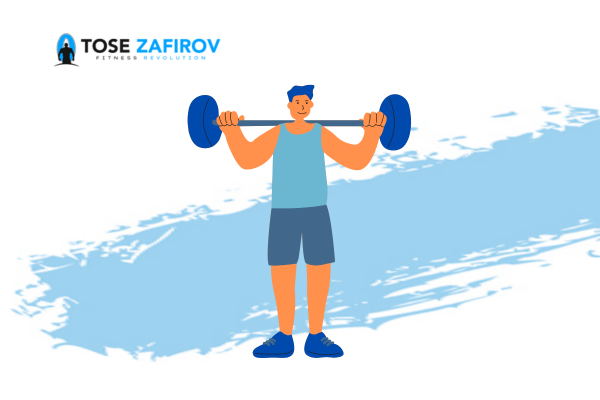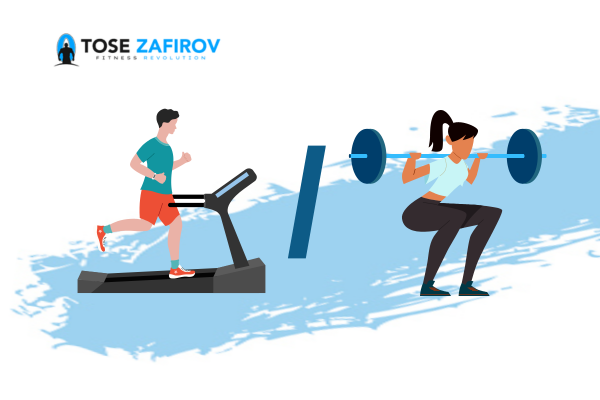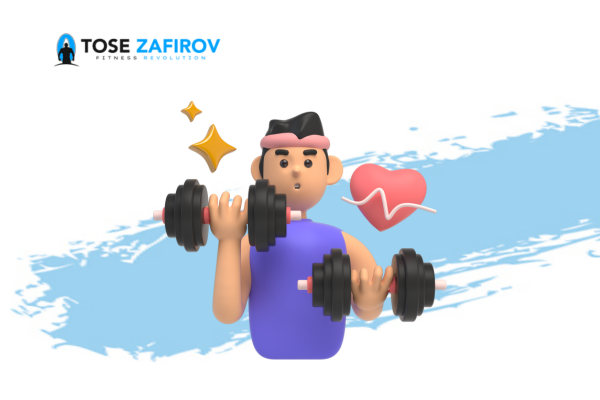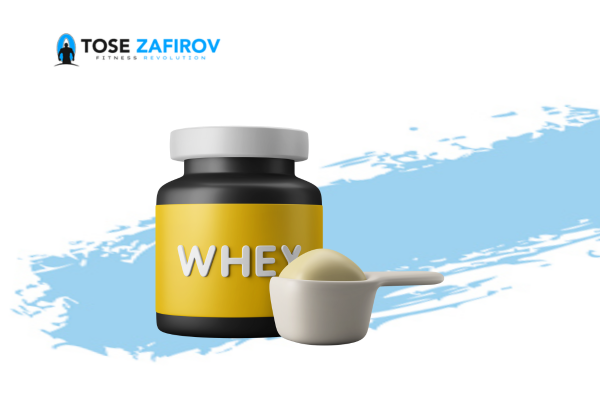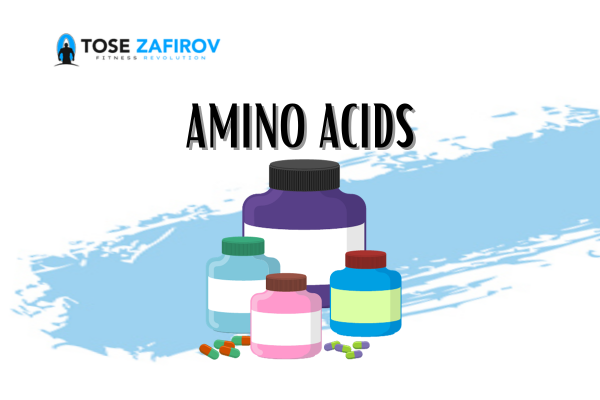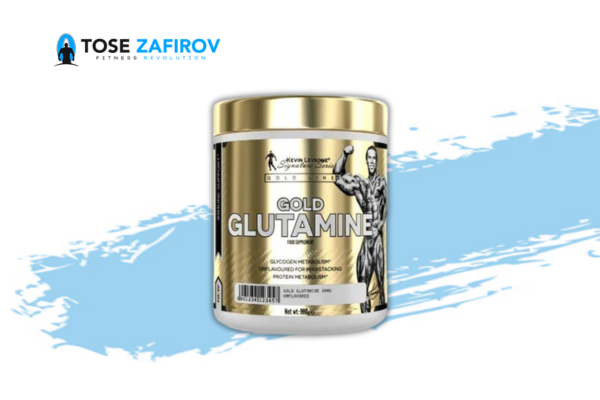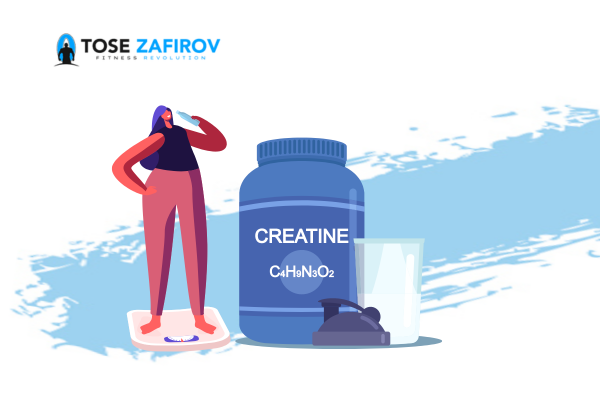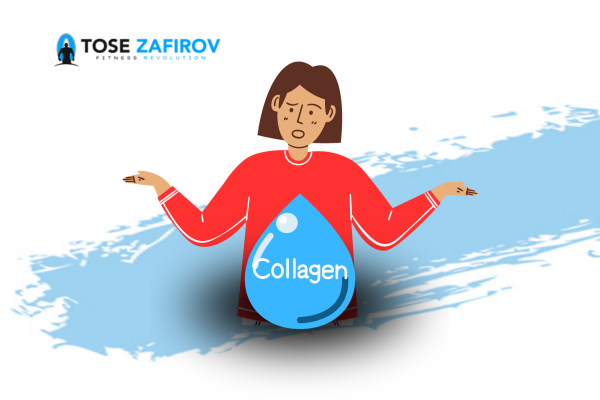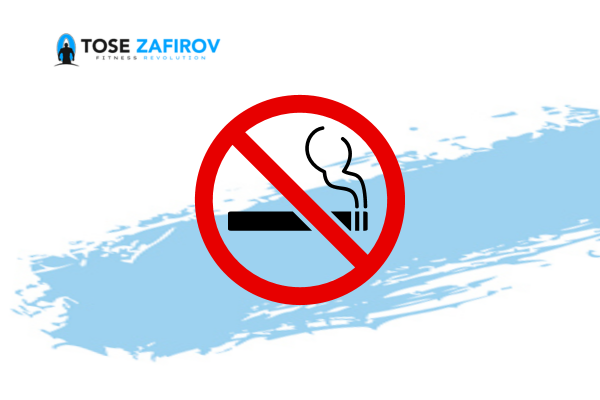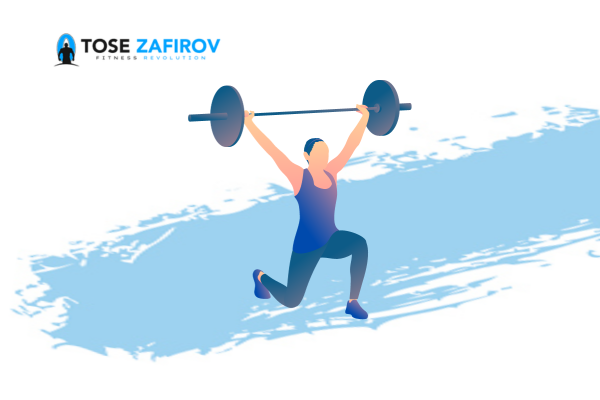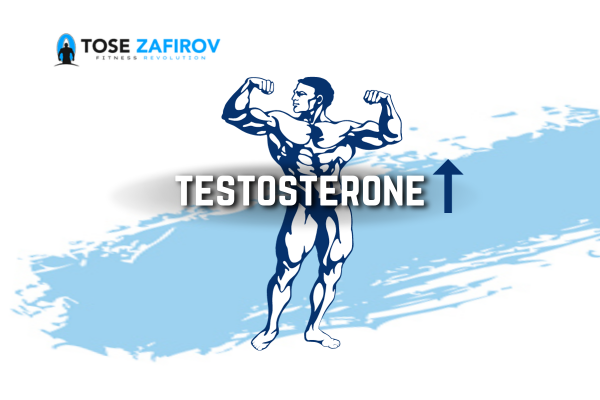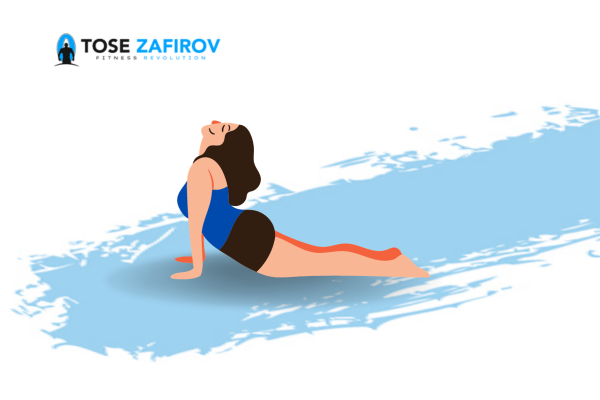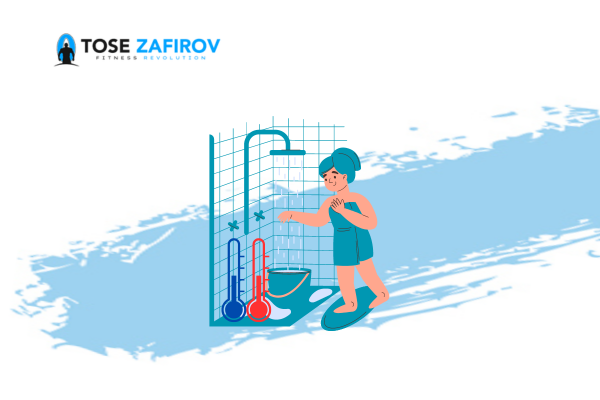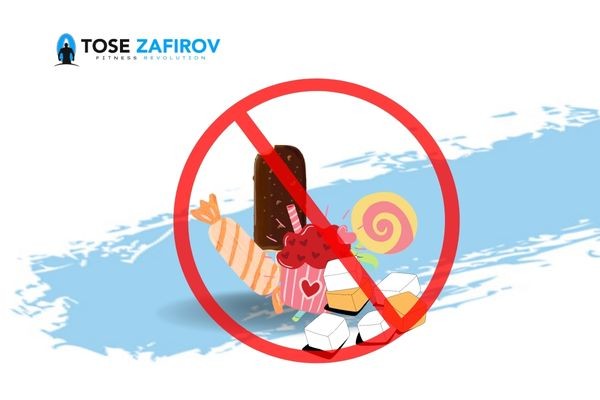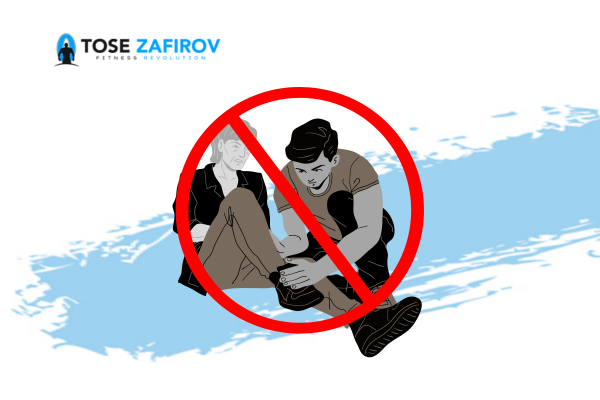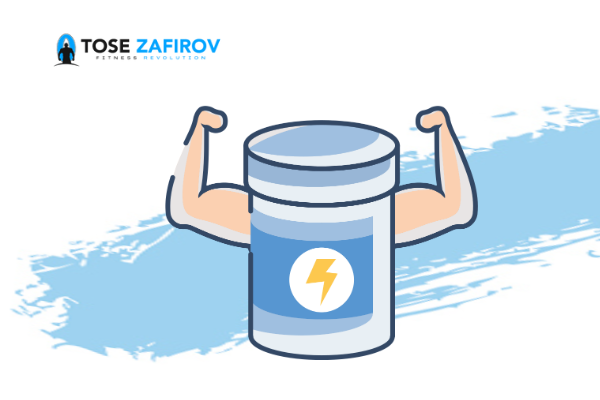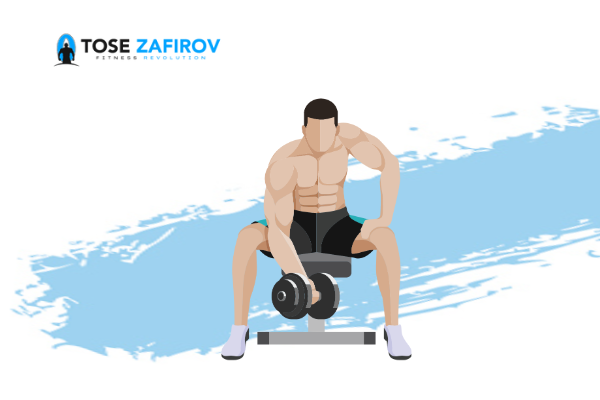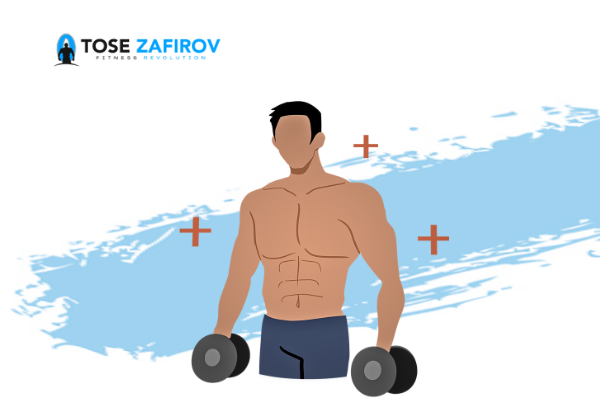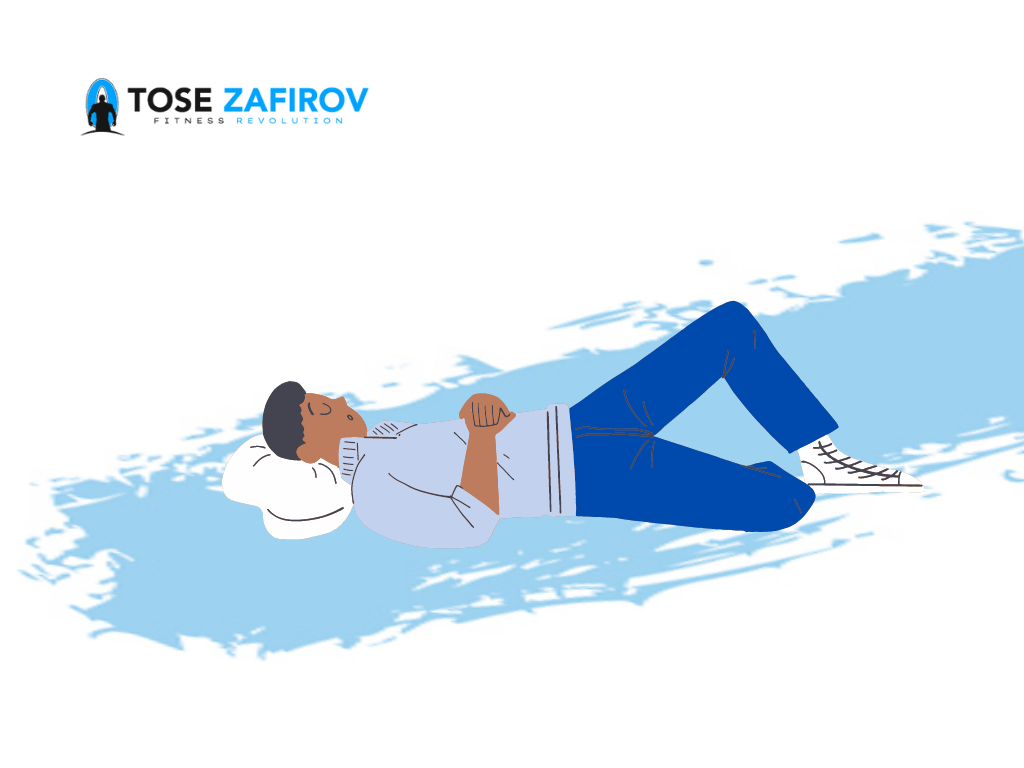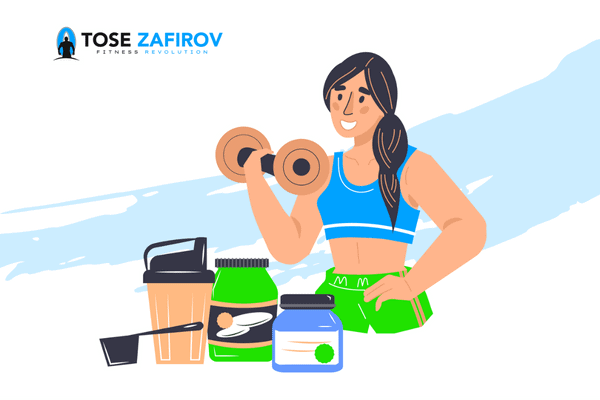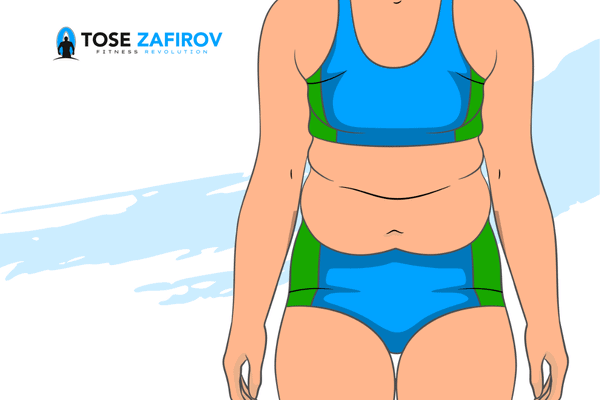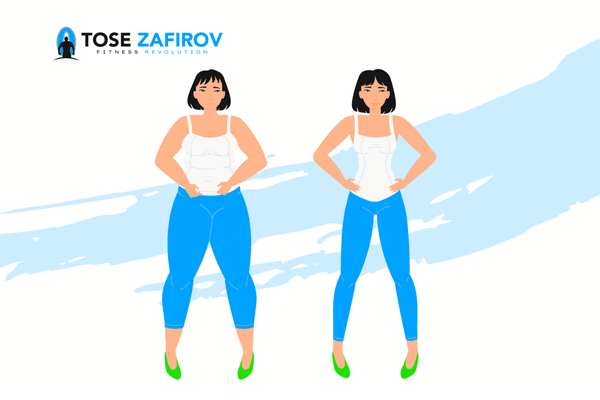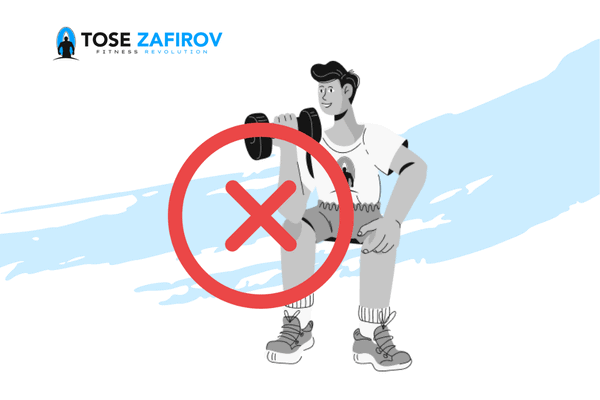In weight training, volume is the term used to describe how much work you do, such as the number of repetitions (reps) you perform of an exercise. Intensity describes the difficulty of an exercise, typically based on the amount of weight you lift.
Key Takeaways:
- I Training intensity can be defined as intensity of load (weight on the bar) and intensity of effort (how close to failure a set feels).
- Intensity of load is important for strength training, while intensity of effort is crucial for managing fatigue and maximizing stimulus.
- Volume, measured in total sets or volume load, plays a key role in muscle growth and endurance.
- Balancing intensity and volume is essential for achieving hypertrophy goals.
WHAT IS TRAINING INTENSITY?
Training intensity can be defined in two very different ways. There is “intensity of load” and “intensity of effort”. When someone mentions training intensity, it’s important to know which definition they’re referring to. Intensity of load refers to how much weight you’re lifting, while intensity of effort refers to how intense a set feels to you or how close to failure you take that set.
INTENSITY OF LOAD
Intensity of load refers to the load on the bar and it’s relation to your one-rep max, specifically what percentage of your one-rep max is on the bar. The higher the percentage of your one-rep max you have on the bar, the higher the intensity. Lifting 90% of your one-rep max, for example, is considered very high intensity. Each percentage of your one-rep max also correlates to a general rep range; naturally, the higher the percentage of your one-rep max on the bar, the less reps you will be able to perform. So lower rep ranges that use higher percentages of your one rep max are considered higher intensity than lighter rep ranges using a lower percentage.
Intensity of Load is more commonly used in strength sports where load on the bar is very important for getting the desired training stimulus. The higher your intensity of load, the stronger the strength stimulus. In other words, the heavier you train, and thus the lower your rep range, the more strength you will build.
INTENSITY OF EFFORT
Intensity of Effort refers to how difficult, from a subjective point of view, a set feels. There are two popular methods of rating a set’s intensity of effort. Both scales are very useful and which you use will mostly come down to preference.
RIR (Reps in Reserve) refers to how many more reps you could have done when you stop a set. If you do a set of 8 repetitions when you could have gotten 10 repetitions, this would be considered an RIR 2. The lower your RIR (the fewer reps you have left in you) the higher the intensity of effort. Most working sets will fall within an RIR of 4-0, with anything higher acting as a warm-up.
RPE (Rate of Perceived Exertion) refers to how difficult you find a set to be on a scale of 1-10. The higher the rating (the more difficult the set feels), the higher the intensity of effort. Working sets will typically fall within an RPE of 6-10.
Both scales work very similarly and can sometimes be interchangeable. There are some slight nuanced differences, but ultimately they work to achieve the same goal of helping you manage training intensity.
According to research, an RIR of 4 or an RPE of 6 is the minimum intensity that is required for an adequate training stimulus. Training with a lower intensity than this can result in very little or no training stimulus at all. This holds true for both hypertrophy and strength. The higher your intensity of effort, the stronger the training stimulus, but the more fatigue you will accumulate as well.
WHAT IS TRAINING VOLUME?
Training volume is a measurement of how much work you do in a given time period. Most commonly volume is tracked for each workout session as well as total weekly volume. There are two common methods of defining and measuring training volume. We’ll explain both below and their applications to training.
VOLUME LOAD
Volume load, sometimes referred to as tonnage, is calculated as Reps x Sets x Weight. Performing 3 sets of 10 reps with 45kg on the bar would count as 1360 kg of tonnage or volume.
This method of defining volume has been around for a very long time and is commonly used in strength sports, but also has applications in hypertrophy. Volume load is best used as a tool to track long term trends of performance in individual exercises more so than tracking overall muscle group volume. Over time, you should be able to lift more weight for more repetitions and/or sets, thus your volume load should steadily increase over your lifting career for each individual exercise.
Increasing volume load slowly and steadily can also be a great way to consistently progress on your lifts to maintain the proper intensity of effort as you get stronger.
Using volume load is a great way to track training volume when lifting very heavy loads below the 5 rep range. When reps are this low, tracking volume load can be a great way to make sure you’re doing enough volume to progress. However, as repetitions become higher, there is a potentially more practical method of defining volume when you want to predict training stimulus.
HARD SETS
A recently popular method of defining volume is the total amount of “hard sets” that you do in a given time period. A “hard set” would be defined as any set that meets the intensity of effort threshold previously mentioned. Any set that is done with a minimum intensity of RIR 4 or RPE 6 counts as a “hard set”.
This method of defining volume is much more practical to use in order to track total volume for each muscle group. It is also more closely correlated to training stimulus . That is, the more hard sets you do, the more stimulus you get for both strength and hypertrophy. Performing 5 hard sets will provide more stimulus than 3 hard sets, regardless of volume load differences.
Because you’re tracking only total sets, using this definition of volume is much easier to track and adjust. It also makes it easier to manage fatigue, since all you need to do is adjust the number of sets you perform.
HOW VOLUME AND INTENSITY AFFECT FITNESS
Volume is key for muscle growth (hypertrophy) as well as muscular endurance. It’s one of the best ways to progress and keep seeing results in your hypertrophy goals. While performing many reps with lighter weight is good for endurance, adding additional sets and reps to your current training increases volume and progress. Add more sets or repetitions of different exercises to see further muscle growth.
Schoenfeld BJ, Contreras B, Krieger J, et al. Resistance training volume enhances muscle hypertrophy but not strength in trained men.
For muscular endurance, you can use a lighter weight with more repetitions to exhaust the muscle. You can also use this technique to build cardiovascular endurance. For example, in this case of deadlifts, a higher volume forces your heart and lungs to work harder. As you adapt to the changes in volume, your cardiovascular fitness and endurance will improve.
Adding intensity to your training can increase calorie burn and strength goals. For instance, if you take less rest between sets, your heart rate will stay elevated throughout the workout, leading to a greater calorie burn. If you boost intensity by explosively lifting the weights, you can increase strength and power.
Also, increasing the weight of a lift will build your cardiovascular system. Think about lifting something very heavy over and over again. It takes a lot of effort, and effort increases your heart rate.
It’s similar to walking up a hill vs. flat ground. Even if you go the same distance (i.e., volume), hill walking is more demanding. So your heart rate will increase much more. The same is true when lifting heavier weights: Your heart rate increases, boosting your cardiovascular endurance.
THE RELATIONSHIP OF INTENSITY AND VOLUME
Intensity simply means “how heavy?” typically organized as the “magnitude” of weight on the bar (in pounds or kilos) or as a percentage of your one repetition maximum. If your absolute best squat for one repetition is 226kg, for example, then 170 is 75% of your 1RM. An intensity of 80% of your 1RM is greater than an intensity of 50% of 1RM.
Volume simply means “how much” or the total number of work reps performed over a given period of time. Three sets of five reps, for example, is a volume of 15 reps. Typically volume is managed for a workout and over the course of a week; an arbitrary yet useful way to organize a program since our lives are typically structured around weekly schedules.
Intensity and volume are interdependent: as intensity increases the volume that a lifter can complete must reduce. A lifter cannot, by definition, perform their one repetition personal record for multiple sets or reps. Conversely, as intensity is reduced, volume must increase to provide sufficient stress to the lifter. When peaking performance for a competition, for example, volume will typically be reduced near the meet so that intensity can be maximized for performance.
RECOMMENDATIONS FOR HYPERTROPHY GOALS.
Hypertrophy has been shown to occur similarly across nearly all loading schemes, meaning intensity of load is mostly unimportant as long as you avoid the extremely heavy rep ranges (<5 reps). And just like strength, intensity of effort is very important. The closer to failure you take a set, the stronger the hypertrophic stimulus. All working sets should be done with a minimum intensity of RIR 4 or RPE 6. It is important to note that the closer to failure you take a set the more fatigue it will generate as well, so make sure to keep this in mind when training, as training to maximize growth is a balancing act between stimulus and fatigue.
In terms of training volume, hypertrophy has been shown to have a very strong dose-response relationship with the total amount of sets done, meaning you should define volume as “total hard sets” for hypertrophy focused training . The more sets you can perform and recover from, the more hypertrophy you can achieve. This also means that because you want to perform as many sets as you can to maximize hypertrophy, most of those sets should not be in the very heavy rep ranges (<5) to facilitate better recovery. It’s much easier to perform and recover from 10 sets of a moderate load than it is to recover from 10 sets of a very heavy load. Moderate to light loads will allow steady, long-term progress.
The bottom line
To optimize your training, understand the nuances of training intensity and volume. Tailor your workouts to include appropriate levels of load, effort, and volume to achieve your desired fitness outcomes.


